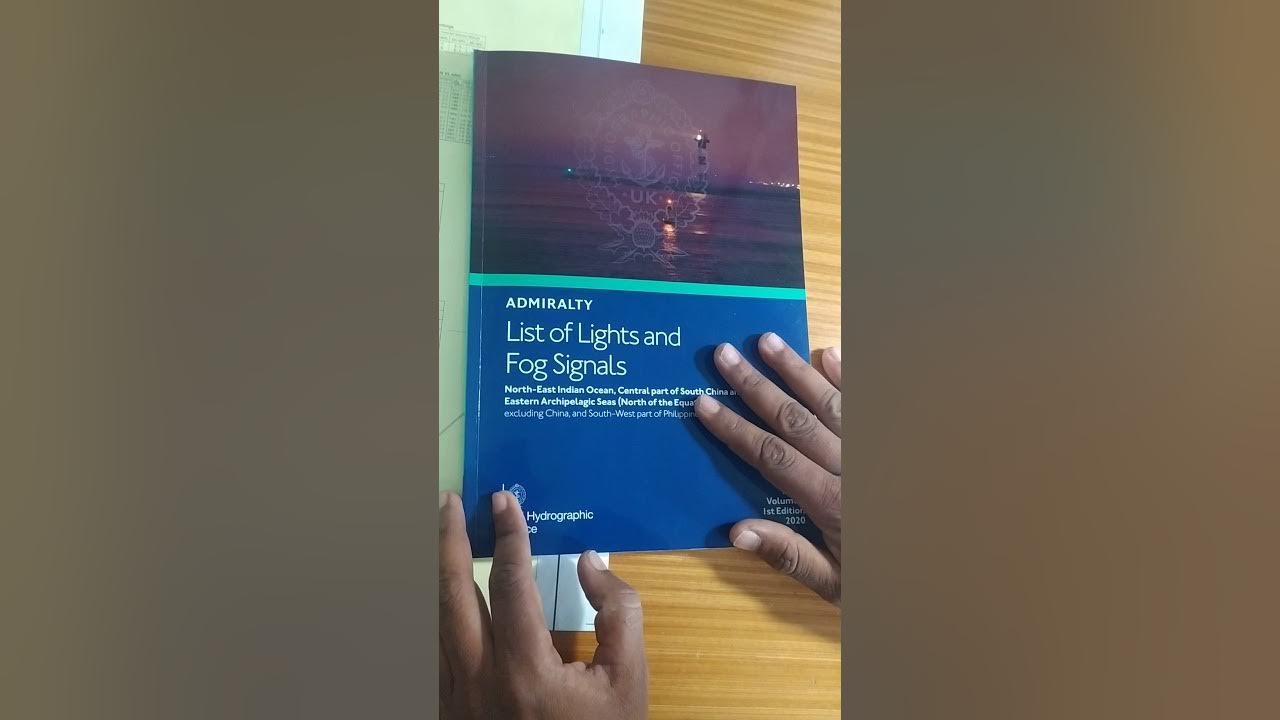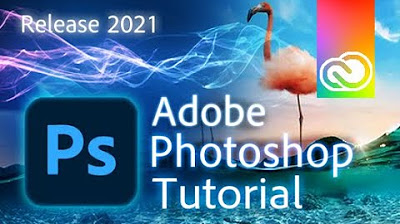IALA Maritime Buoyage System
Summary
TLDRCaptain Yevgen of the Estimar channel offers a concise tutorial on maritime navigation aids, focusing on the IALA system. He discusses buoy types, their colors, shapes, and lights, crucial for safe navigation. The video aims to prepare viewers for maritime interviews or evaluations, emphasizing the importance of recognizing buoys like the isolated danger buoy and cardinal buoys, which indicate potential hazards and the safest passage around them.
Takeaways
- 📚 The IALA stands for International Association of Maritime aids to Navigation and Lighthouse Authorities, which is an important organization in maritime navigation.
- 🌐 The script discusses the different types of buoys and their significance in maritime navigation, particularly for those preparing for interviews or evaluations in the maritime industry.
- 🔍 The IALA system has two areas, A and B, with different buoyage systems where red buoys are on the left in area A and green on the right, and vice versa in area B.
- 🏖 The buoys have specific shapes and colors to indicate their purpose, such as conical pillars for red buoys and spherical shapes for green buoys, with yellow buoys having special marks like an 'X' on top.
- ⚓ Cardinal buoys are used to mark points of interest or dangers and have distinct shapes and flashes to indicate the direction to pass for safety.
- 🚨 Isolated danger buoys are crucial for recognizing potential hazards in open seas and are characterized by two white flashes and a black-red-black color scheme.
- 🛳 Preferred channel buoys help navigators choose the correct channel to follow when entering a port or harbor, with more green indicating the preferred channel on the port side in IALA A.
- 📍 Special marks, like the water mark buoy, are used to indicate the center line or the best point to pass under a fixed bridge, and are marked with red and white stripes.
- 🚧 Emergency wreck buoys are used to mark recent navigational hazards that have not yet been plotted on charts, featuring a yellow and blue striped buoy with an upright yellow cross on top.
- 💡 The script emphasizes the importance of understanding buoyage systems for maritime professionals, especially for those working in areas like AD knock or Aramco.
- 👨🏫 The video is intended to help viewers prepare for interviews by familiarizing them with the terminology and appearance of various buoys, rather than just memorizing their names.
Q & A
What does IALA stand for and what does it represent?
-IALA stands for International Association of Lighthouse Authorities. It represents the modern name, which is the International Association of Maritime aids to Navigation and Lighthouse Authorities.
What is the purpose of the video by Captain Yevgen?
-The purpose of the video is to prepare viewers for interviews or evaluations related to maritime navigation, specifically focusing on the identification and understanding of different types of buoys.
How does the color of buoys differ between IALA A and IALA B systems?
-In the IALA A system, the red buoy is on the left side of the channel and the green buoy is on the right when entering from open sea. In the IALA B system, it is the opposite, with the green buoy on the left and the red on the right.
What does the shape of a buoy indicate about its purpose?
-The shape of a buoy can indicate its purpose. For example, a conical pillar or spherical spar can indicate the presence of a lateral buoy, while a square shape on top of a buoy can signify a special mark buoy.
How are Cardinal buoys used to indicate the direction of safe navigation?
-Cardinal buoys use their color and the direction they point to indicate safe navigation. A black and yellow buoy points north, a yellow and black buoy points south, and a triangular black buoy points east or west.
What is the significance of the flashes on a buoy?
-The flashes on a buoy provide additional information about its purpose. For instance, Cardinal buoys have specific flash sequences to indicate their directional purpose, and isolated danger buoys have two white flashes to signal potential hazards.
What does a Preferred Channel buoy indicate and how should it be approached?
-A Preferred Channel buoy indicates the main or preferred route through a channel. When approaching, the vessel should pass on the side of the buoy that has more green markings to remain in the main channel.
How are isolated danger buoys marked and what do they signify?
-Isolated danger buoys are marked with two black and red vertical shapes (BRB) and two white flashes. They signify potential hazards or dangers in the water that vessels should avoid.
What is the role of a Special Mark buoy and what does it look like?
-A Special Mark buoy is used to indicate the limits of certain areas or to mark new dangers. It typically has a yellow color and may have an X shape on top.
How can the information from this video be applied during an interview or evaluation in the maritime industry?
-The information can be used to answer questions about buoy identification, navigational aids, and safe maritime practices during interviews or evaluations, particularly for job offers or positions related to maritime navigation.
Outlines

このセクションは有料ユーザー限定です。 アクセスするには、アップグレードをお願いします。
今すぐアップグレードMindmap

このセクションは有料ユーザー限定です。 アクセスするには、アップグレードをお願いします。
今すぐアップグレードKeywords

このセクションは有料ユーザー限定です。 アクセスするには、アップグレードをお願いします。
今すぐアップグレードHighlights

このセクションは有料ユーザー限定です。 アクセスするには、アップグレードをお願いします。
今すぐアップグレードTranscripts

このセクションは有料ユーザー限定です。 アクセスするには、アップグレードをお願いします。
今すぐアップグレード関連動画をさらに表示

IALA Maritime Buoyage System Region A & B | COLREGS Rules of Road - Buoys, Navigational Aids

ALFS (ADMIRALTY LIST OF LIGHTS & FOG SIGNALS) Correction / Updation and How to use.

LORAN for Ocean Navigation

AR Indoor Navigation from scratch in under 30 minutes with Unity 6

Photoshop 2021 - Tutorial for Beginners in 13 MINUTES! [ COMPLETE ]

How To Know What People Are Searching On YouTube (2 Methods)
5.0 / 5 (0 votes)
